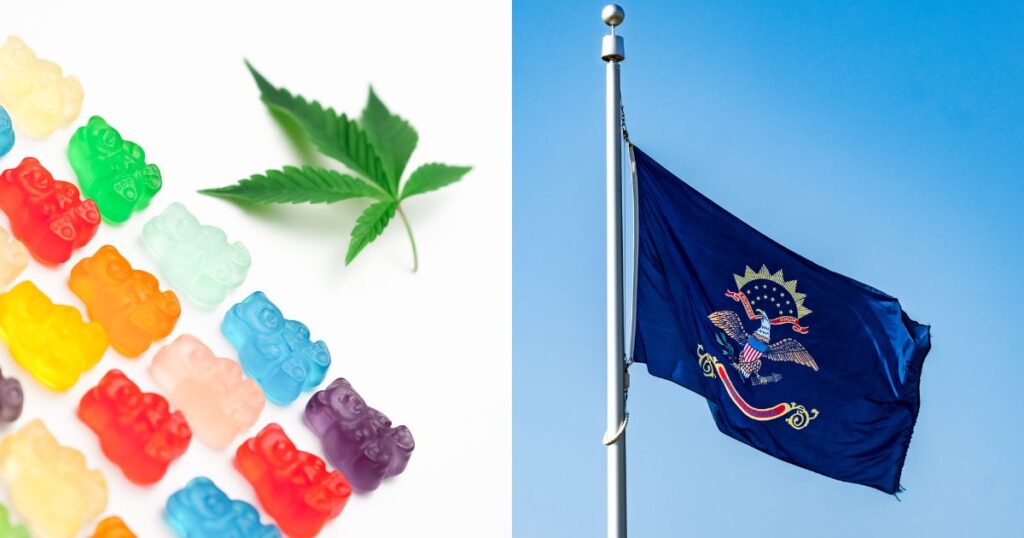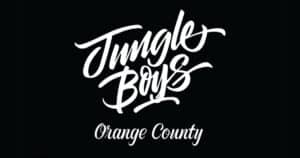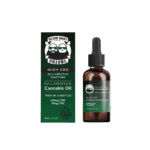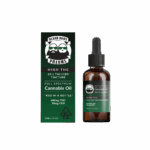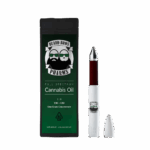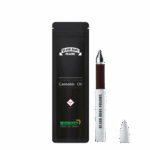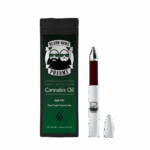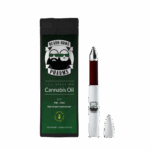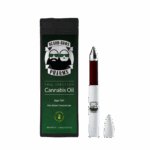North Dakota’s medical marijuana program is about to get a major upgrade. Starting August 1st, patients can finally purchase low-dose THC edibles at licensed dispensaries—a development that could transform how thousands access cannabis medicine.
But while this represents significant progress, the state’s restrictive dosage limits and ongoing resistance to broader reform reveal the complex landscape facing patients seeking relief.
Highlighted by a recent article by the North Dakota Monitor, the new legislation allows for hard or soft lozenges containing no more than 5 milligrams of THC per serving, with packages capped at 50 milligrams total. These products must be manufactured within the state, following North Dakota’s vertically integrated approach to cannabis regulation.
Benefits of Cannabis Edibles for Medical Patients
Cannabis edibles offer distinct therapeutic advantages that make them particularly valuable for medical marijuana patients. Unlike inhaled cannabis, edibles provide longer-lasting effects—typically four to eight hours compared to one to three hours for smoking or vaping.
This extended duration proves especially beneficial for patients managing chronic pain, insomnia, or persistent nausea.
The onset time, while slower at 30 minutes to two hours, allows for more predictable dosing once patients understand their optimal amount.
Edibles also eliminate respiratory concerns associated with smoking, making them ideal for patients with lung conditions or those who simply prefer not to inhale their medicine.
Jake Mittelsteadt, director of retail operations for Pure Dakota Health, emphasized this point to the North Dakota Monitor: “Since day one of this program, the amount of people that joined the program, that come to the state, everybody, especially in the older demographics, their priorities have always been gummies and edibles.”
The discrete nature of edibles also provides privacy benefits. Patients can medicate without drawing attention or dealing with lingering odors, which proves particularly important for those who might face workplace or social stigma.
A Double-Edged Development for North Dakota Cannabis Patients
While the introduction of edibles represents a significant step forward, North Dakota’s dosage restrictions highlight a fundamental challenge facing medical marijuana patients.
The 5mg per serving limit may prove insufficient for patients dealing with severe chronic pain, cancer treatment side effects, or other serious conditions requiring higher therapeutic doses.
Patients with established tolerance or those transitioning from higher-dose products may need to consume multiple servings to achieve adequate relief.
This creates a cascading effect: higher costs per effective dose, more frequent dispensary visits, and potentially running through monthly allowances more quickly.
The 50mg package limit compounds this issue. In states with more mature medical programs, patients often purchase products containing 100mg or more per package, allowing for more cost-effective treatment plans.
A patient requiring 20mg for pain relief would exhaust a North Dakota package in just 2.5 doses, compared to five doses from a 100mg package available elsewhere.
This restriction forces patients into a cycle of frequent purchases at premium prices. Medical marijuana products carry significant costs even in established markets, but restrictive packaging amplifies the financial burden on patients who often face fixed incomes or additional medical expenses.
Extended Licensing: A Welcome Relief for Patient Wallets
North Dakota did introduce one patient-friendly change through Senate Bill 2294, extending medical marijuana card validity from one year to two years, which will also go into effect August 1st, according the Monitor. This modification addresses a persistent frustration among patients who faced annual renewal fees and administrative hurdles.
The two-year licensing period reduces the effective annual cost of program participation while decreasing bureaucratic friction. For patients on fixed incomes, this change provides meaningful financial relief, even if modest compared to the overall cost of treatment.
The legislation also expands telehealth options for initial consultations, not just renewals. This proves particularly valuable in rural North Dakota, where patients previously traveled significant distances to find willing healthcare providers.
Resistance to Cannabis Reform in North Dakota Continues
North Dakota’s cannabis policy reveals a state making incremental progress while resisting more comprehensive reform. Earlier this year, the state legislature rejected House Bill 1596, which would have reduced marijuana possession penalties to civil infractions with $150 fines instead of criminal charges carrying up to $1,000 in penalties.
The Senate voted 32 to 14 against the measure, despite data showing that over 40 percent of North Dakota’s drug arrests involve marijuana, with more than 90 percent involving less than half an ounce.
This resistance to cannabis reform occurs against a backdrop of evolving regional dynamics. Neighboring Minnesota and Montana have implemented recreational cannabis programs, creating competitive pressure on North Dakota’s medical system.
Looking Ahead: Progress Within Limitations
North Dakota’s approach reflects the cautious incrementalism characterizing many conservative states’ cannabis policies.
The edibles introduction represents genuine progress for medical patients, particularly those seeking alternatives to inhalation. The extended licensing periods and telehealth expansion further improve program accessibility.
However, the restrictive dosage limits highlight ongoing challenges facing cannabis legislation. Patients requiring higher therapeutic doses will continue facing financial and logistical barriers that more permissive programs avoid.
The state’s rejection of possession penalty reform suggests continued resistance to acknowledging cannabis policy’s larger implications.
Rep. Steve Vetter, the edibles bill’s chief sponsor, framed these changes as responses to patient demand and competitive pressure from neighboring states.
His approach—acknowledging that restrictive policies might push patients toward illegal alternatives—suggests growing recognition that cannabis policy requires balancing public safety concerns with patient access needs.
The August 1st implementation date means North Dakota patients should see these products available by late August or early September, according to the North Dakota Monitor.
While the dosage limitations may frustrate some patients, the introduction of state-manufactured, regulated edibles represents a significant milestone for North Dakota’s medical marijuana program.
For patients who have waited years for edible options, August 1st marks an important step forward. Whether these incremental changes prove sufficient to address patient needs and competitive pressures from neighboring states remains to be seen.
What’s clear is that North Dakota continues navigating the complex terrain between conservative caution and patient advocacy, making progress measured in small but meaningful steps.



